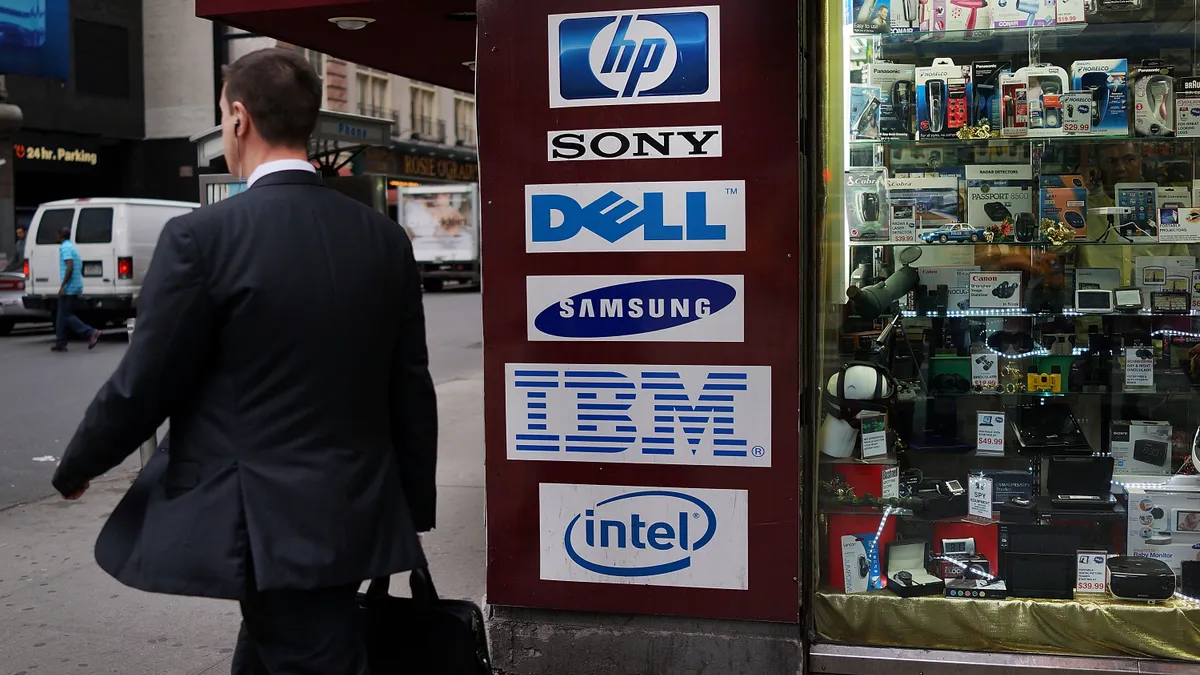This year has been filled with doom and gloom for good reason: a global pandemic, a recession, both with no apparent end in sight. CIOs braced to cut IT budgets to keep operations afloat until relief appeared.
That moment may be here, with three promising vaccines on the horizon. Will IT budgets follow optimistic suit?
"It turned out that 2020 was not as bad as we thought," said Andrew Bartels, Forrester VP, principal analyst, and author of "U.S. Tech Market Outlook for 2020 and 2021."
With sectors such as financial services holding strong, and federal government IT spending propped up, IT budgets are less likely to face severe cuts in 2021. But industry is not out of the woods yet.
Cuts, but not as deep
Forrester's report, which was released in August, laid out three scenarios for tech budgets, with all three leading to cuts in IT spending. Even the most optimistic scenario, based on a strong 2020 Q4 recovery, saw a short drop in spending.
The U.S. is in a middle of the road scenario, Bartels said. The projection was based on President-elect Joe Biden winning the election. He's expected to take more aggressive action in controlling the COVID-19 pandemic; and progress towards development and wide acceptance of a vaccine.
Bartels is not as pessimistic as he was in August, even falling in the middle. Instead of a 6.3% decline in tech budgets for 2020, he's predicting a 2.5% drop for 2020 and another 0.4% for 2021.
Bright spots in a gloomy year
One reason Forrester's August forecast was off is the recession has "very, very narrowly focused on sectors of the economy that don't spend a lot on technology," Bartels said. That includes restaurants, spas and salons, fitness studios and hotels that only make up about 10% of the technology market.
"In past recessions, financial services has always gotten killed because it's a financial related downturn," he said. That hasn't happened this time, and job numbers in that sector have mostly stayed the same.
Another reason his forecast is less pessimistic is that new and emerging media and social media companies, such as Netflix and Twitter, have continued to spend heavily on technology. And the federal government, which is a big spender on technology, "did not get badly dinged in 2020 because the federal government stepped up and at least mitigated the damage," he said.
SaaS has continued to grow as well, with companies going remote and relying on applications such as Zoom and DocuSign to keep working going.
This growth is "despite a pandemic and a large amount of uncertainty," said Kyle Poyar, VP of growth at OpenView Venture Partners. In their "2020 SaaS Expansion SaaS Benchmarks Report," they found that SaaS grew 43% growth rate this year, where it was 48% the year before. "It's a modest dip, and there's still rapid growth within the tech sector."
Poyar found "companies are realizing it's extremely hard for them to cut their software spend." That's because the alternative to software is often hiring more people, and hiring and onboarding someone can take months.
"It's a lot more flexible and easier to scale up and scale down" software, Poyar said.
Vulnerable spots still exposed
While federal government IT spend was mostly saved, state and local government budgets are still in trouble, said Bartels. That will stay true if a second stimulus bill — if it happens — doesn't include financial help for state and local governments.
Professional services, including small law and accounting firms, are also still vulnerable because they take a hit if their clients go out of business. "In the absence of a good stimulus bill, they won't collapse but they will go down," Bartels said of both these sectors.
Healthcare will be a mixed bag. While demand to treat COVID-19 patients is high, delays in elective surgery and people generally trying to stay out of doctor's offices and hospitals means lower revenue right when healthcare costs have gone up. However, the pharmaceutical industry will do well coming into 2021, Bartels predicts.
The vaccine news is positive but don't expect a "massive impact on the way we budget for IT because it's still a very uncertain situation" said Nicola Morini Bianzino, global chief technology officer at EY, given the uncertainty of when they will be distributed, leaving the when "we can get back to our normal lives" up in the air.
If a company budgets 12 to 18 months ahead, a January or February or March vaccine isn't going to make much of a difference.
"There isn't a massive appetite for launching really big technology projects," right now, Morini Bianzino said "Everyone will try to do the absolute minimum on their cost system and then develop a much more agile approach" to starting IT projects.
"I think it's going to have to be flexible for a while," he said





















